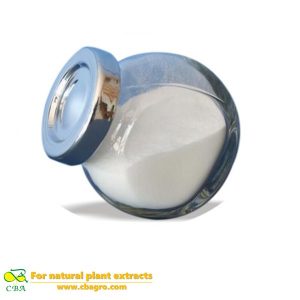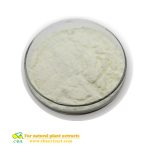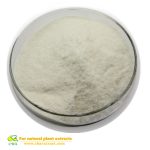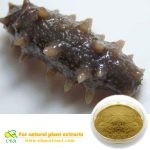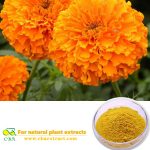
Competitive Price Food Additive D-ribose
Related Products
 Competitive Price Food Additive -Nattokinase
Competitive Price Food Additive -Nattokinase Competitive Price Food Additive Papain
Competitive Price Food Additive Papain Urtica angustifolia Nettle root Urtica dioca 10:1 Nettle Extract powder
Urtica angustifolia Nettle root Urtica dioca 10:1 Nettle Extract powder High quality PQQ Pyrrolloquinoline Quinone Disodium Salt Pureqq
High quality PQQ Pyrrolloquinoline Quinone Disodium Salt Pureqq Factory Direct Sale Natural 98% Wild Rose Essential Oil Plant Extracts
Factory Direct Sale Natural 98% Wild Rose Essential Oil Plant Extracts CBA factory High quality Audited Supplier Provide Sea Cucumber Extract
CBA factory High quality Audited Supplier Provide Sea Cucumber Extract CBA 2021 high quality Capsochrome capsaicin Capsicum extract Capsicum pigment
CBA 2021 high quality Capsochrome capsaicin Capsicum extract Capsicum pigment Food pigment Herbal Marigold Flower Extract Lutein Esters
Food pigment Herbal Marigold Flower Extract Lutein Esters
